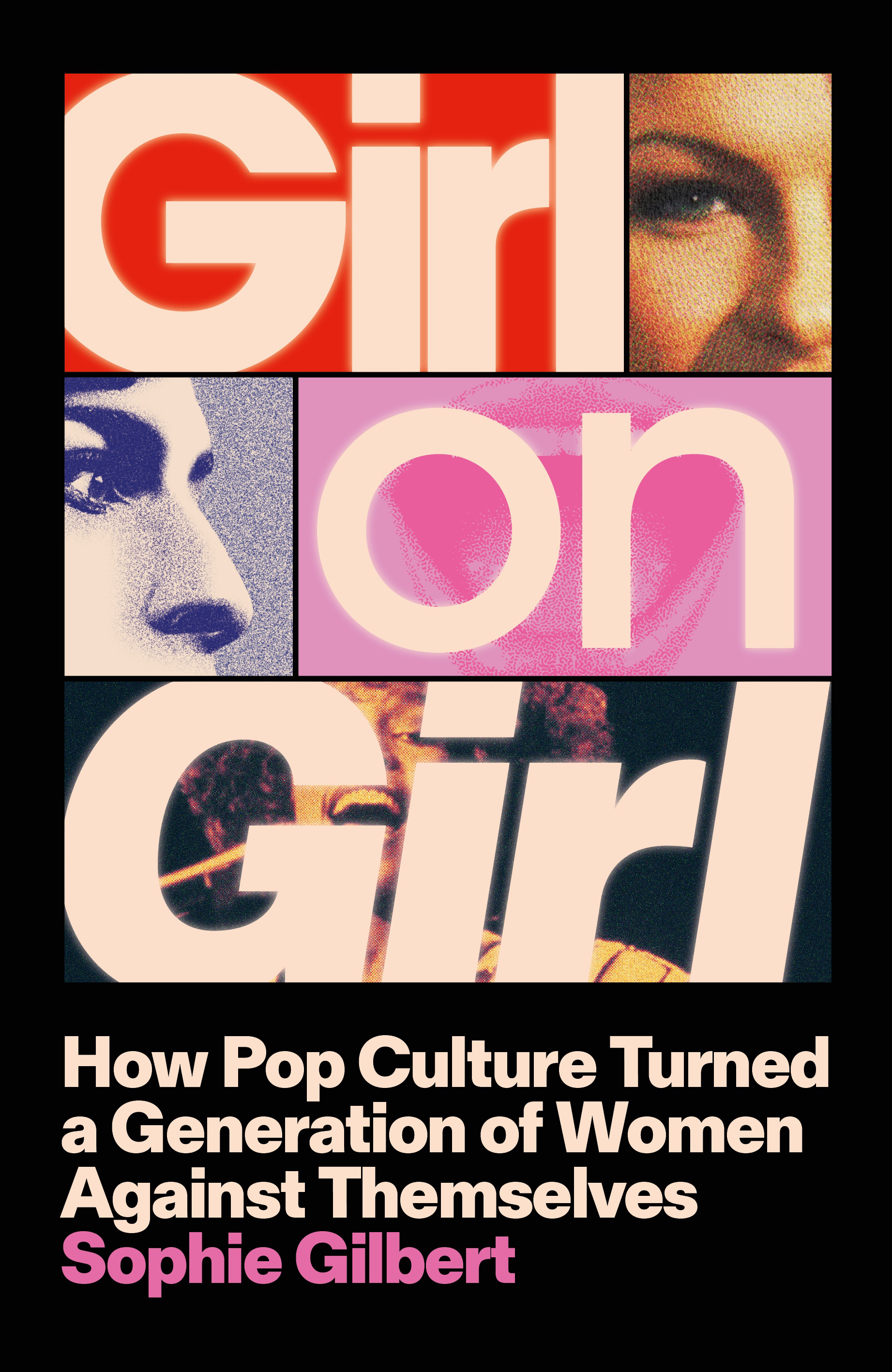Into this broader context of cultural reassessment comes “Girl on Girl: How Pop Culture Turned a Generation of Women Against Themselves” (Penguin Press), by the critic Sophie Gilbert—the latest and most ambitious of the feminist reappraisals of the two-thousands. Born in the early eighties, Gilbert, a staff writer at The Atlantic, is an “elder millennial,” a near age-mate of Spears. She turned sixteen in 1999, the year that the singer appeared on the cover of Rolling Stone in her underwear and that “American Beauty”—“a movie in which a middle‐aged man has recurring sexual fantasies about his teenage daughter’s best friend,” in Gilbert’s words—débuted to critical acclaim. In an Atlantic article adapted from the book, Gilbert writes that she did not begin to question how coming of age in this hypersexualized, internet-enabled environment had affected her until a few months into the coronavirus pandemic, when she gave birth to twins. Motherhood prompted “a breakdown of self,” as she put it in an interview with Hess. When she went back to work, she was drawn to stories about how culture shaped identity. Soon, she noticed that contemporary culture was shifting around her in alarming ways. Dobbs v. Jackson had overturned Roe v. Wade. Young women were cooing on TikTok about becoming trad wives and stay-at-home girlfriends. Young men were idolizing Andrew Tate, an accused rapist and an open anti-feminist who once appeared on “Big Brother.” “Indie sleaze” was back. It all reminded her of the two-thousands, “when feminism felt just as nebulous and inert, squashed by a cultural explosion of jokey extremity and technicolor objectification. This was the environment that millennial women were raised in.” She “came to believe that we couldn’t move forward without fully reckoning with how the culture of the aughts had defined us.”
Gilbert presents a handful of media as being particularly formative for the decade. She charges fashion photography—the sweaty, high-contrast work of Terry Richardson and the sexed-up ads of Abercrombie & Fitch, American Apparel, and Victoria’s Secret—with bringing porn aesthetics into the mainstream and holding up the nineties beauty standard of ultra-thinness (“concave hips and jutting chest bones”), only this time with breasts. Paparazzi photography, then at the peak of its market value and the nadir of its ethical sense, reaffirmed the public’s belief that it had a right to access and pick apart young celebrities’ personal lives. Remember “upskirt” photos? “Adult men would lie on the ground while young female stars were stepping out of cars to try to capture what was essentially nonconsensual pornography,” Gilbert writes. “When the photographers succeeded, it was unfailingly their subjects who were shamed.”
